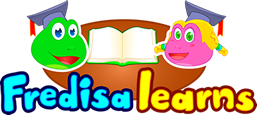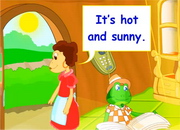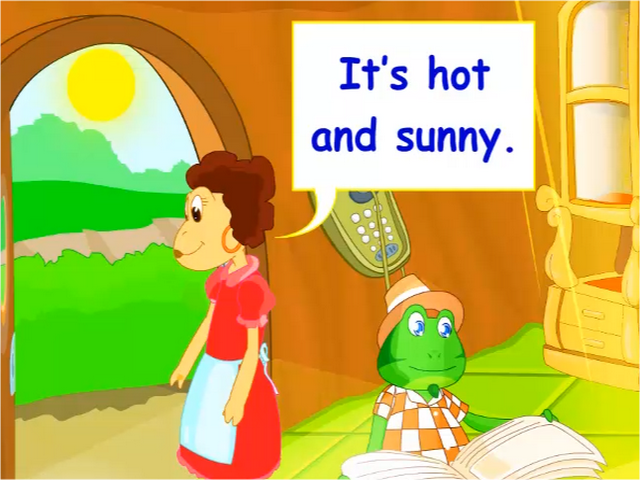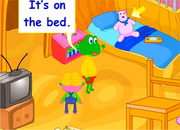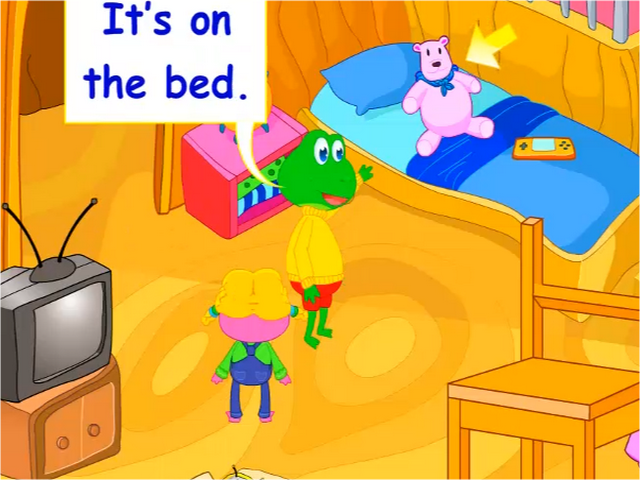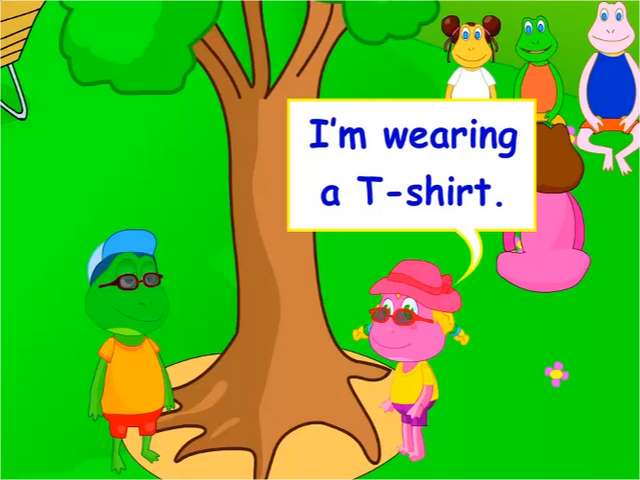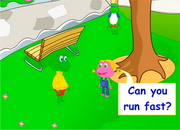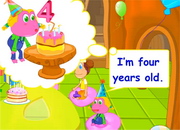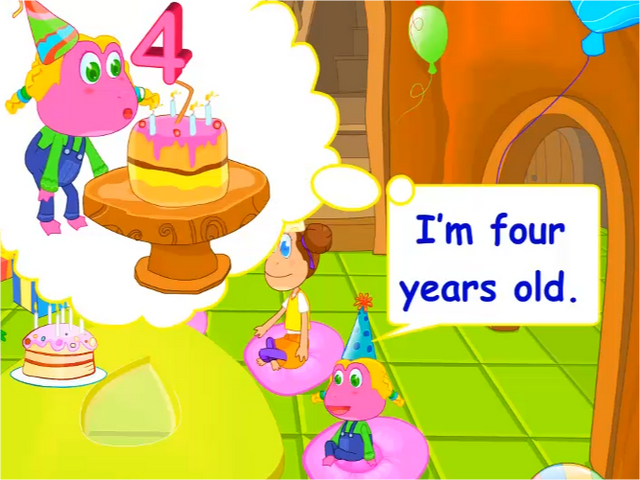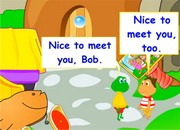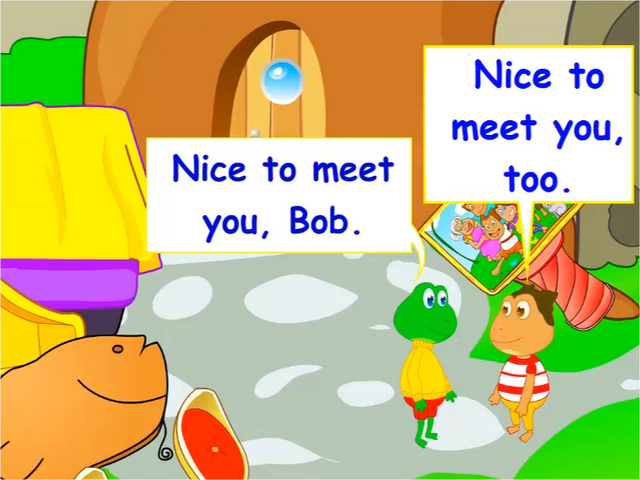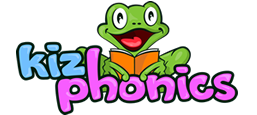- Topic: Transportation - I come to school by car.
- Communication Objectives: Learn to talk about means of transportation.
- Language Objectives: To learn to ask and answer questions about means of transportation using the question format 'how do you?'.
- Vocabulary: transportation – foot, car, plane, bus, bicycle, taxi, truck, van etc.
- Sentence Structures:
- Do you always come to school by car?
- Yes, I do.
- How do you come to school?

Grammar:
by car / on foot: When we use a machine (car, truck, train) we often use the preposition 'by'. We go 'by' that machine. When we walk we usually use 'on'. We go on foot.
Examples:
- I come to school by car.
- I come to school by taxi.
- I come to school on foot. (CORRECT)
- I come to school by foot. (WRONG)
